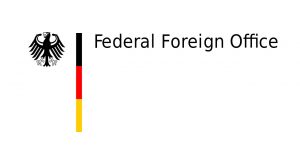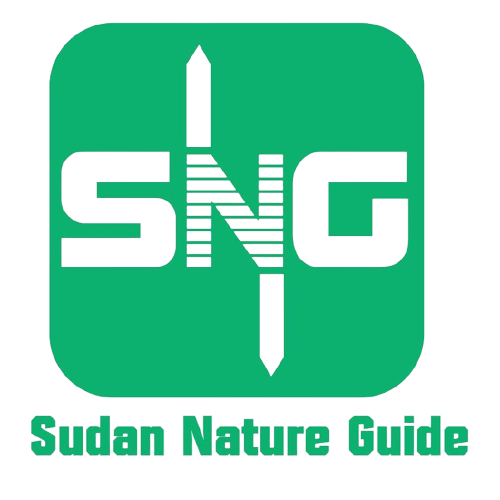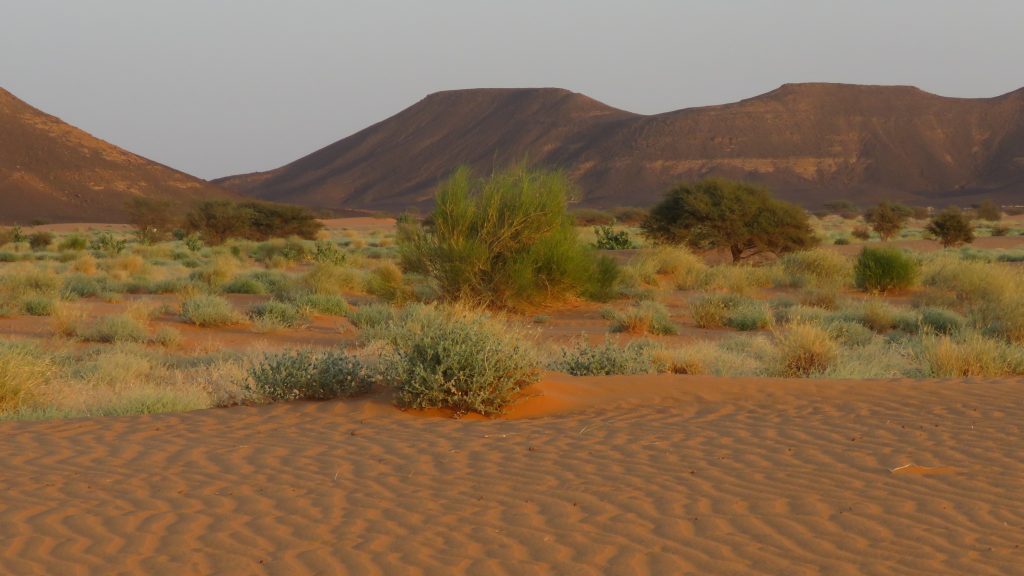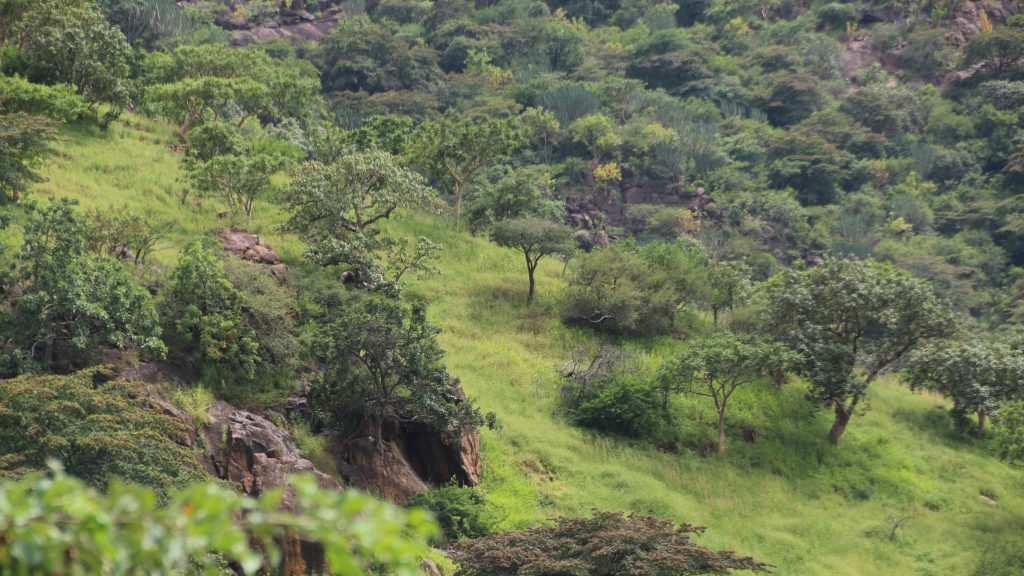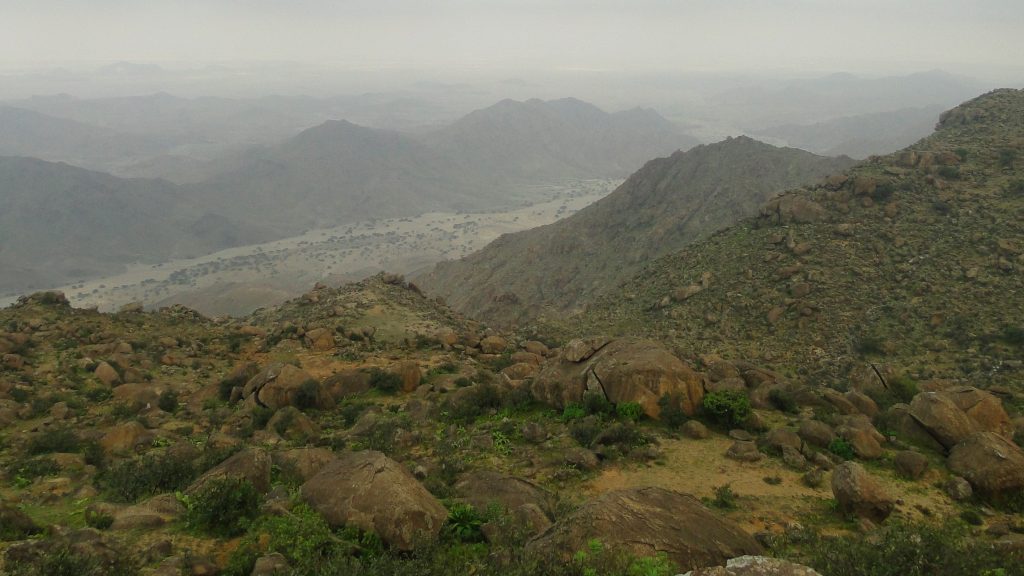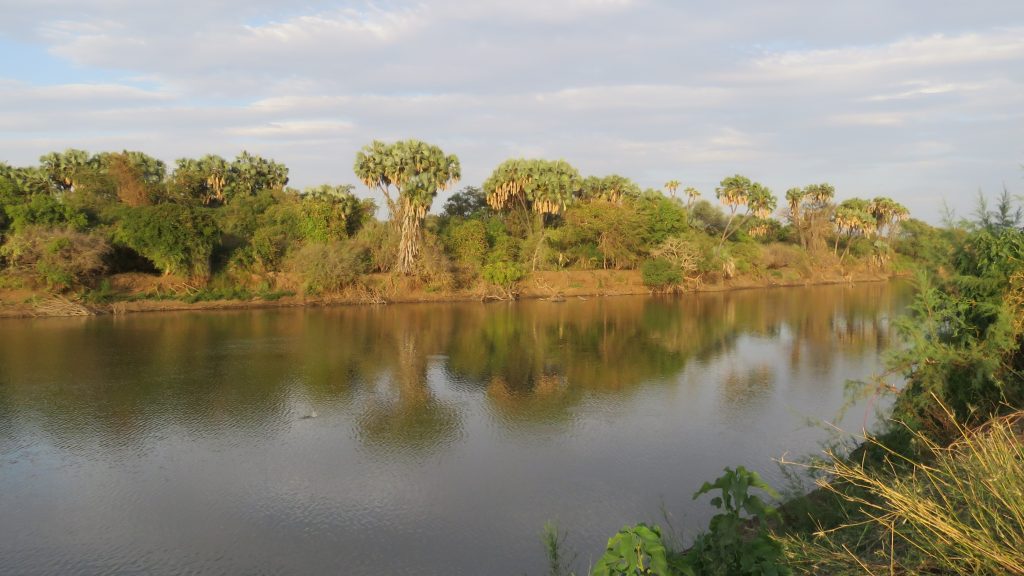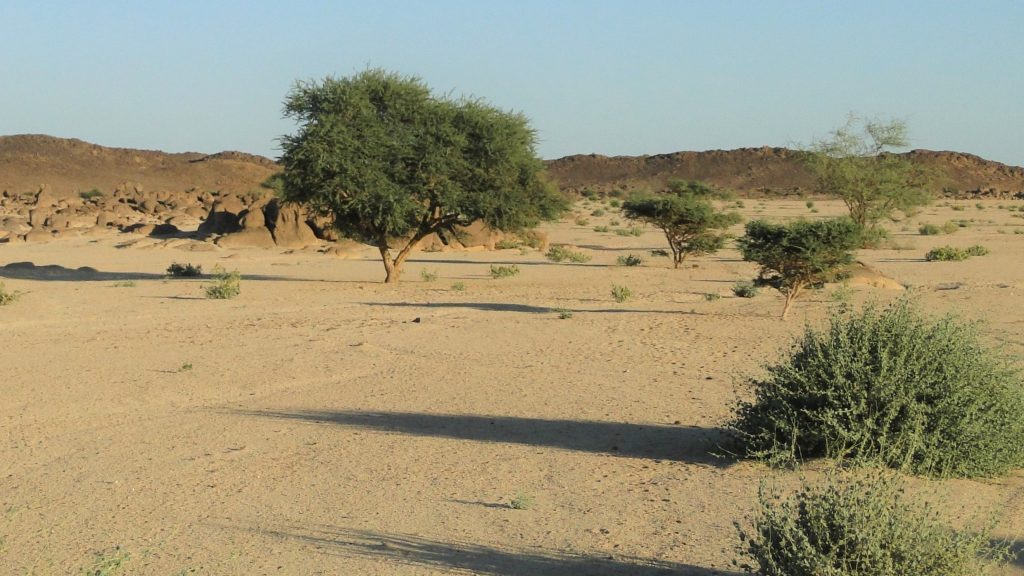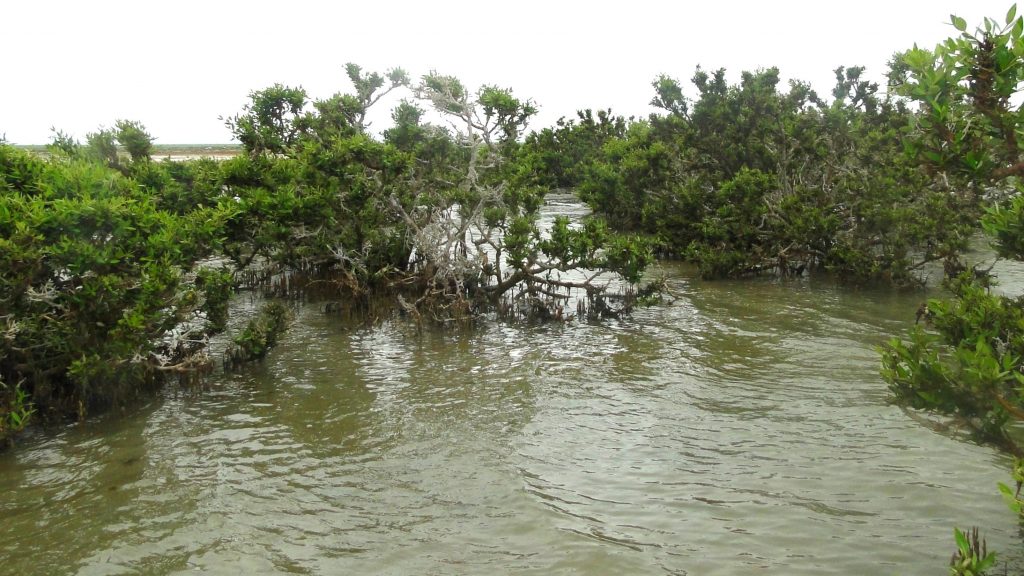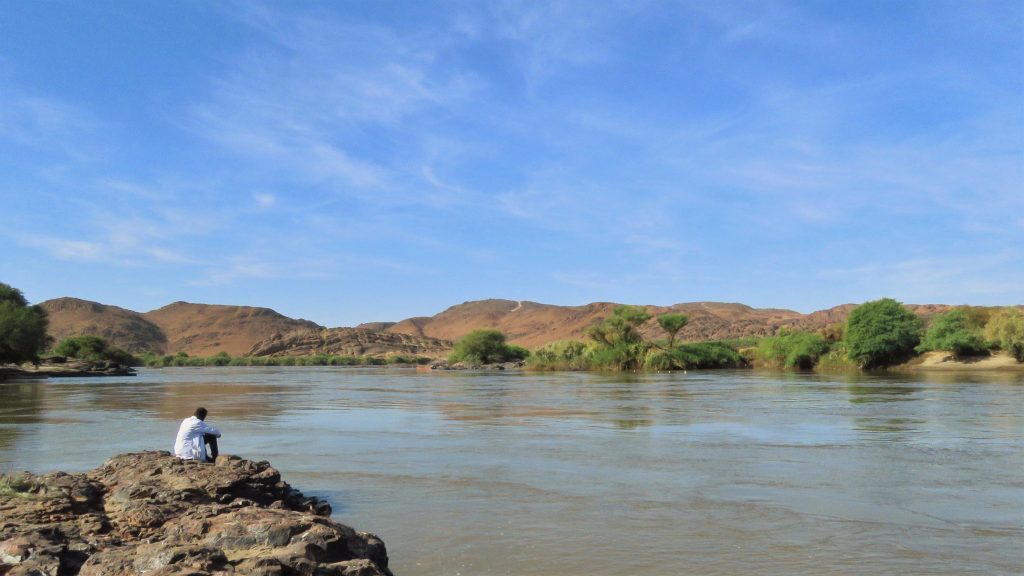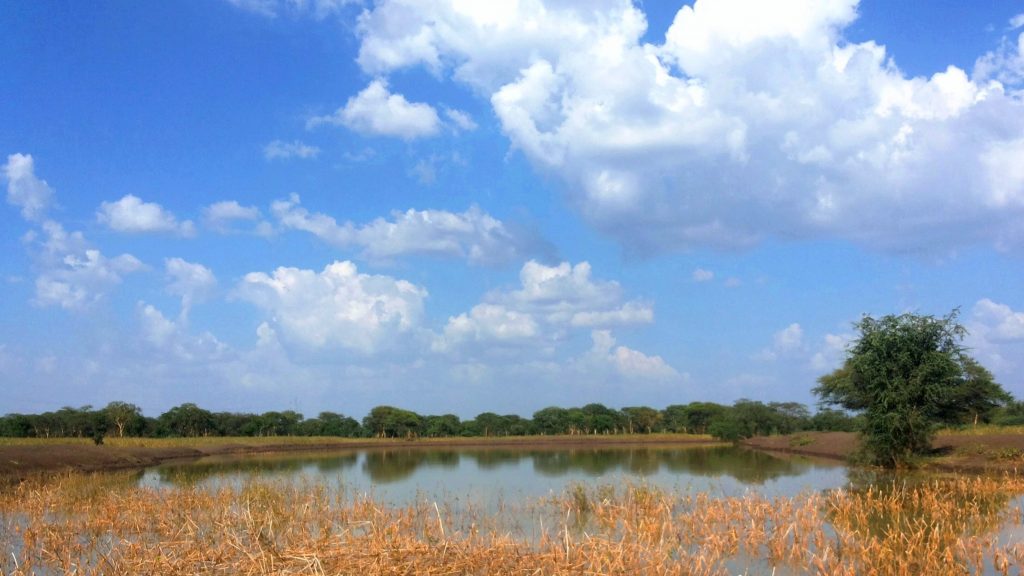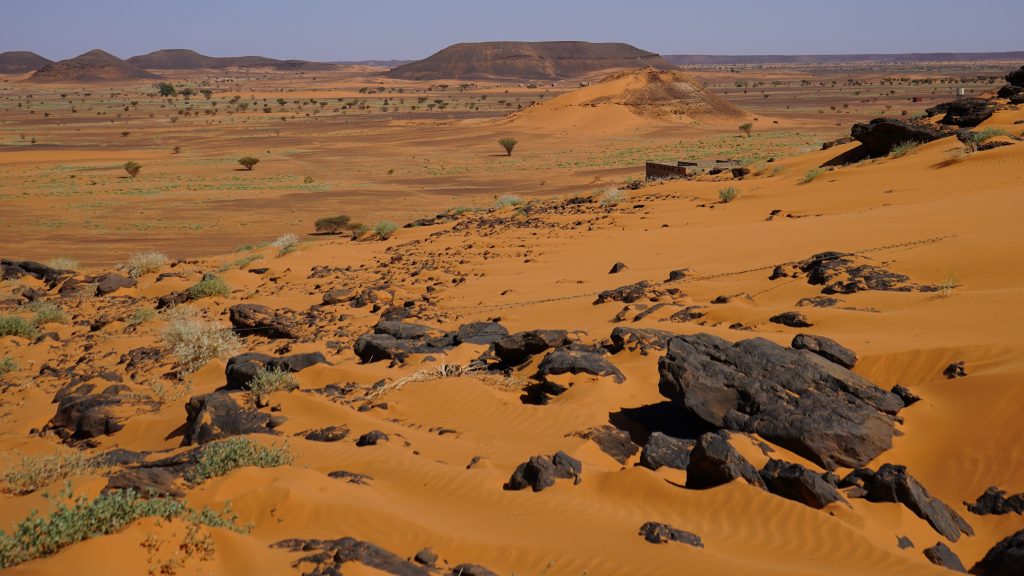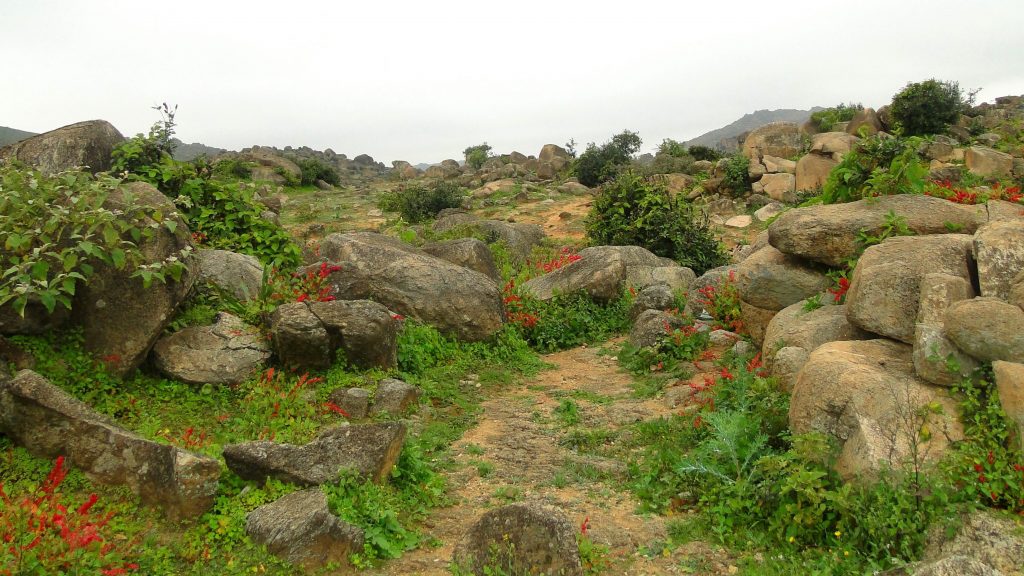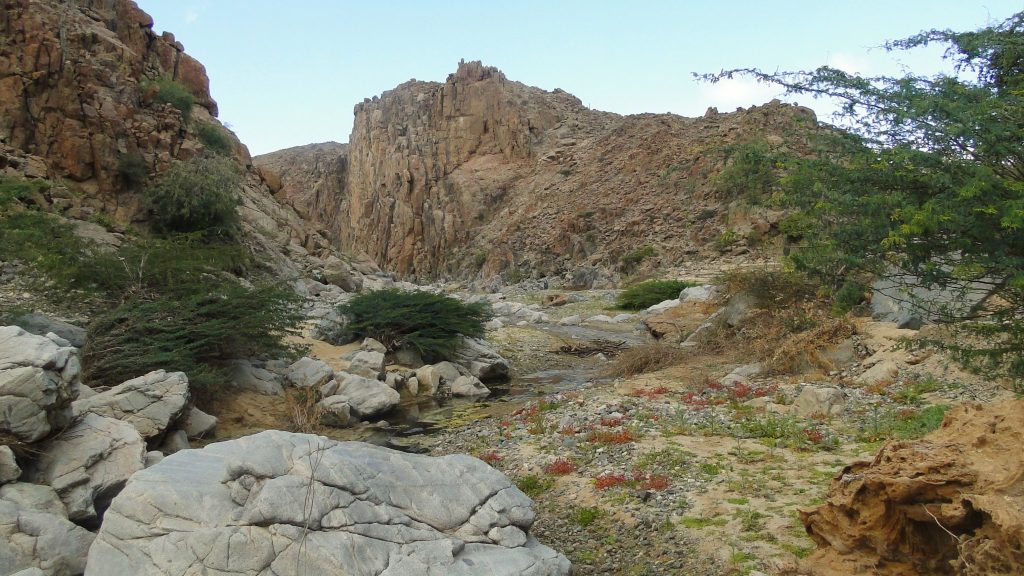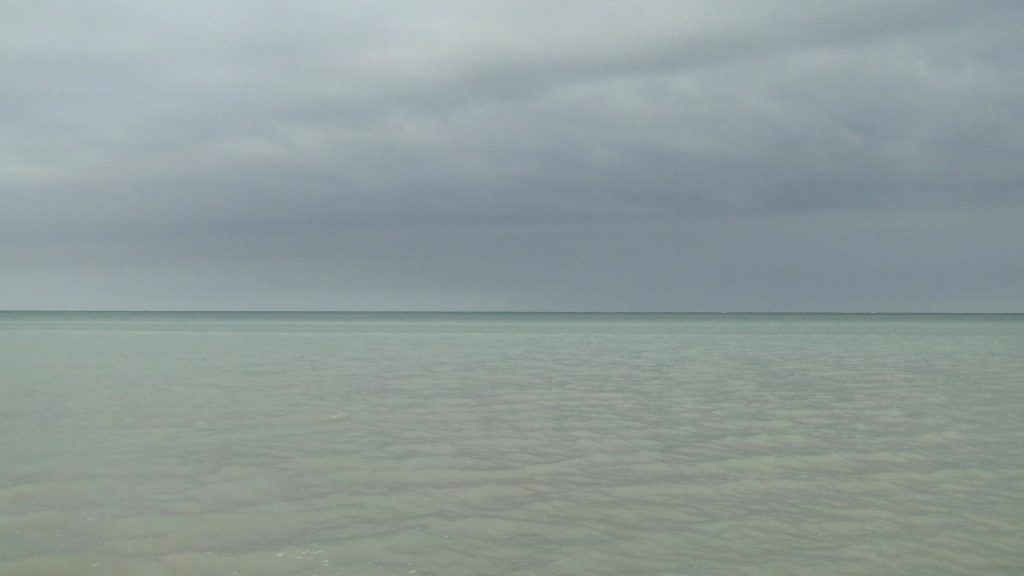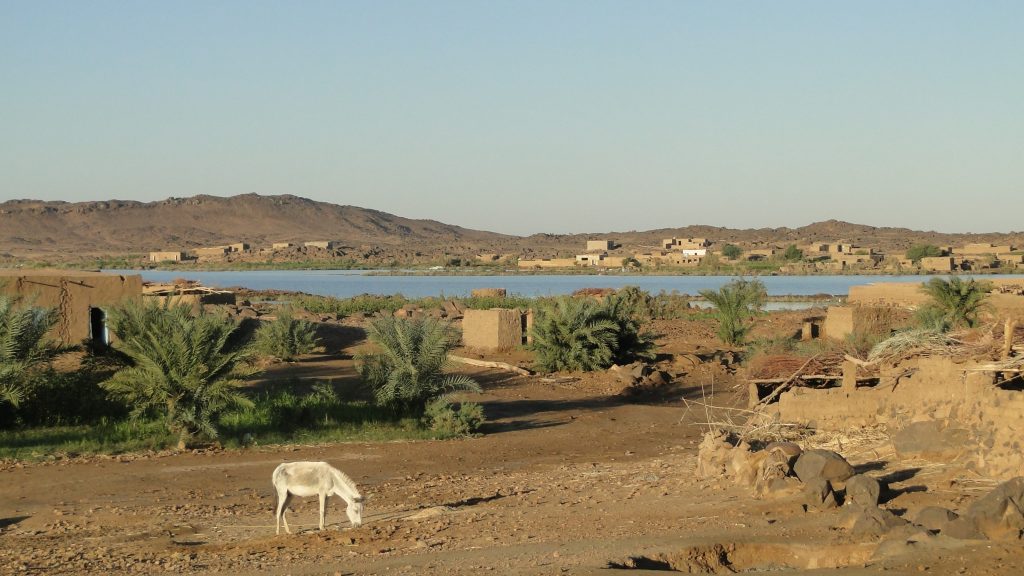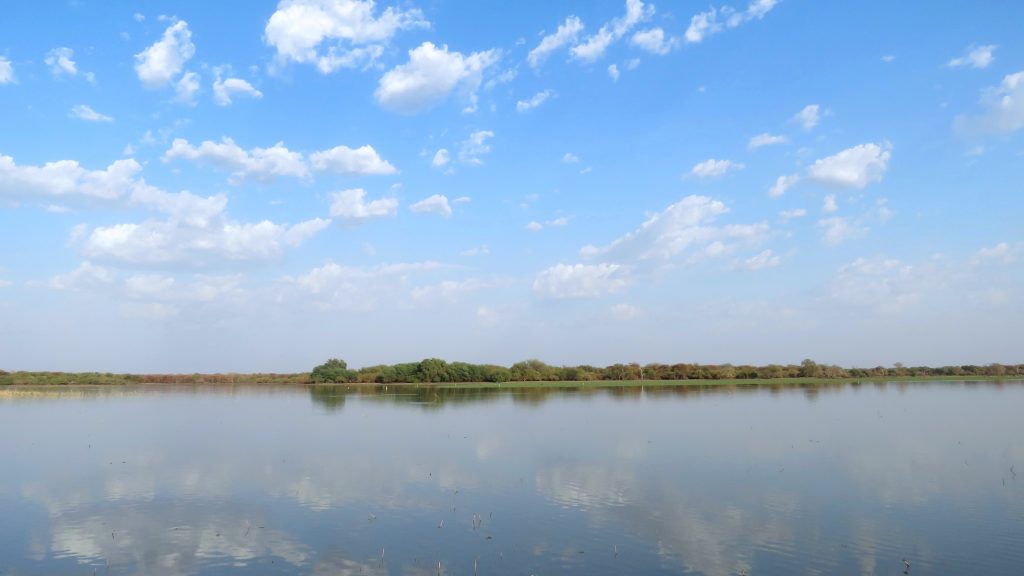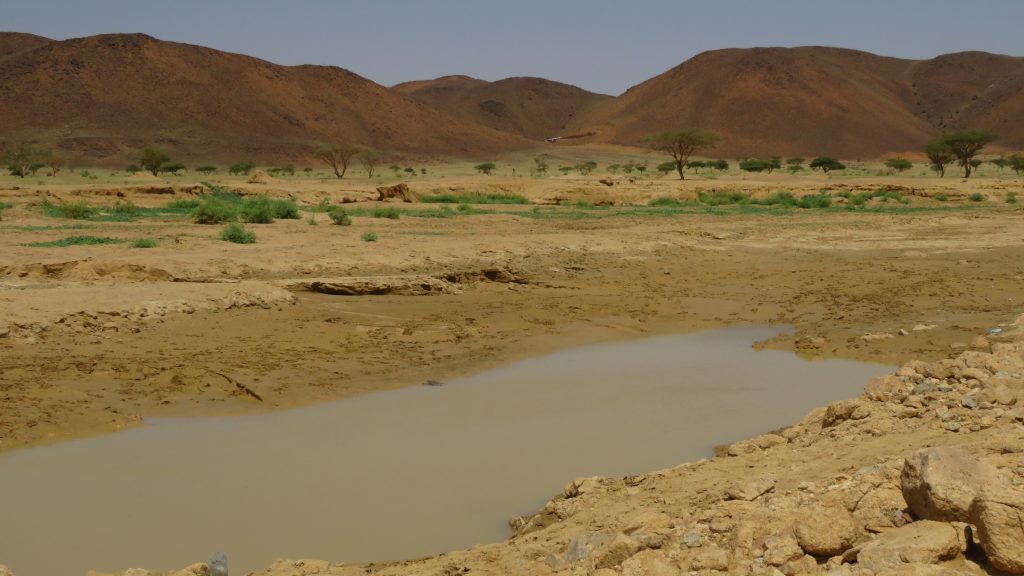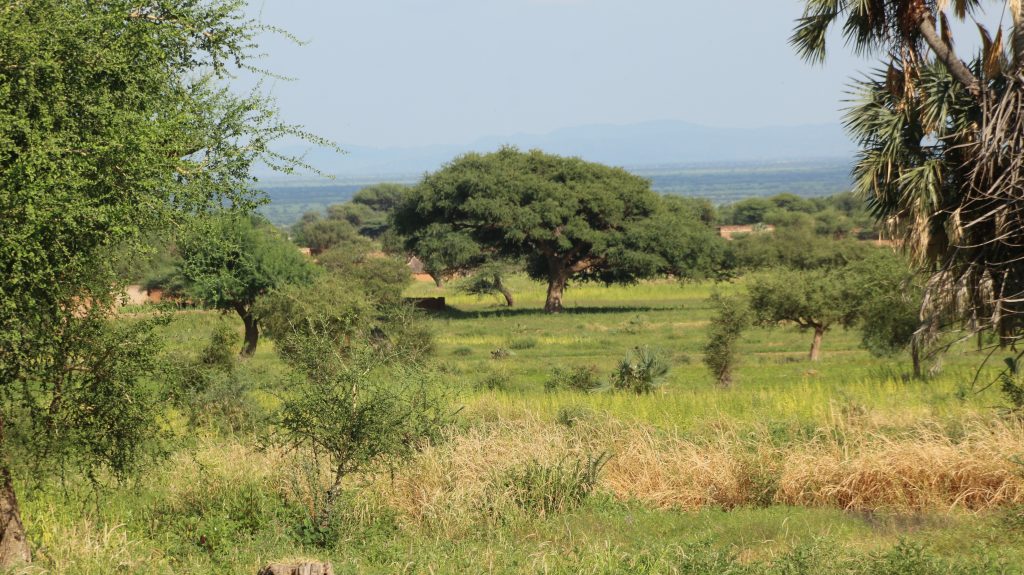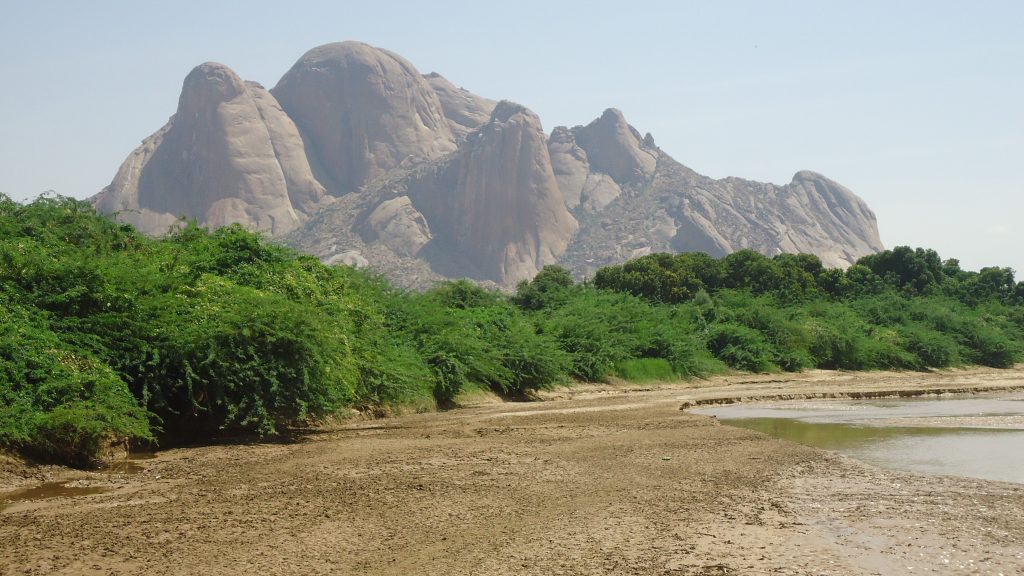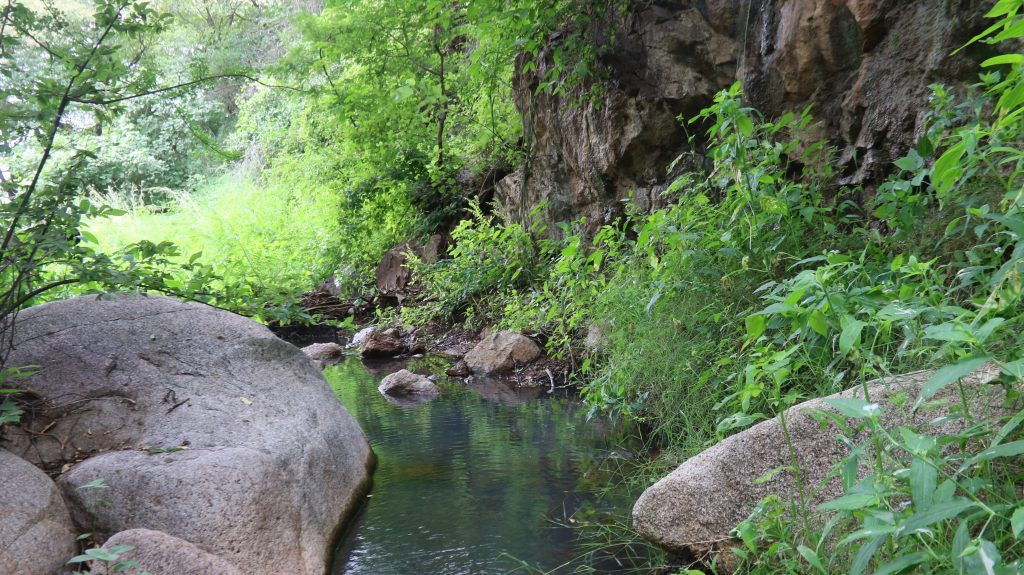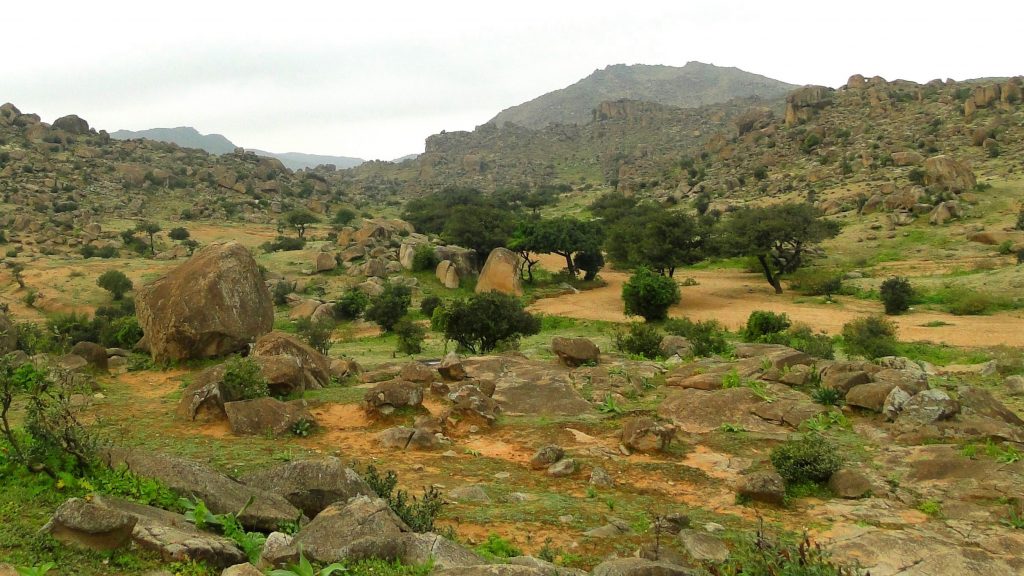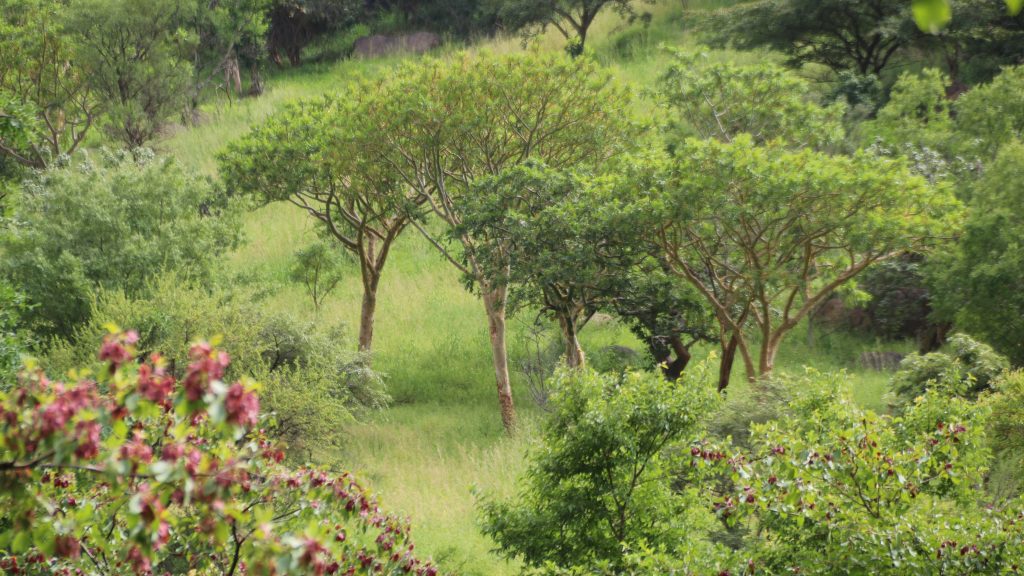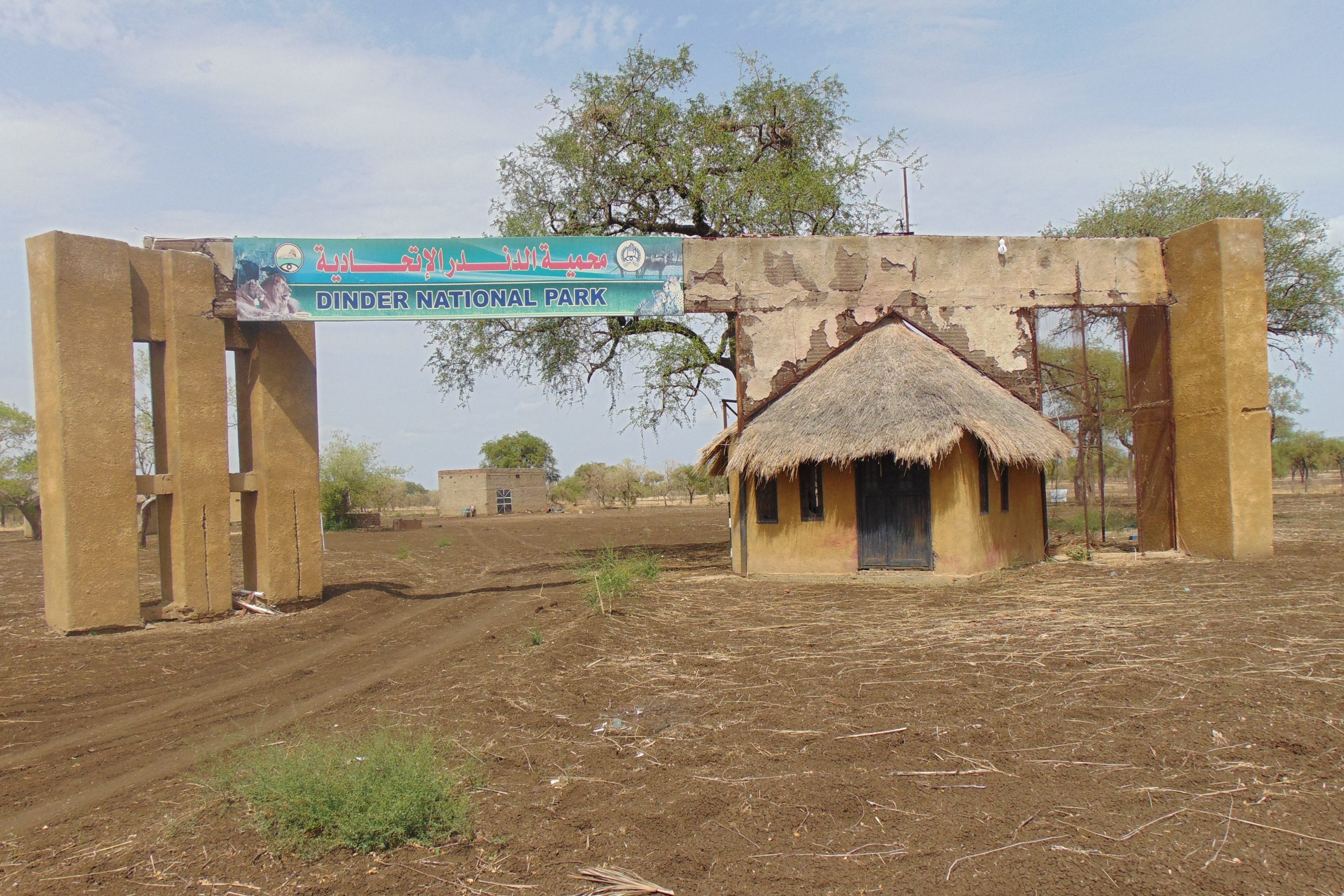
Discover Dinder National Park
Welcome to Dinder National Park, situated in the southeastern heart of Sudan. Embracing an array of ecosystems, this park is a testament to Sudan's dedication to preserving its diverse natural heritage. The rhythmic flow of the Dinder River, winding through the landscape, defines the park's picturesque terrain. Embark on a virtual odyssey with us as we unravel the enchanting tapestry of Dinder National Park, where the ebb and flow of the Dinder River weave tales of ecological harmony and biodiversity.
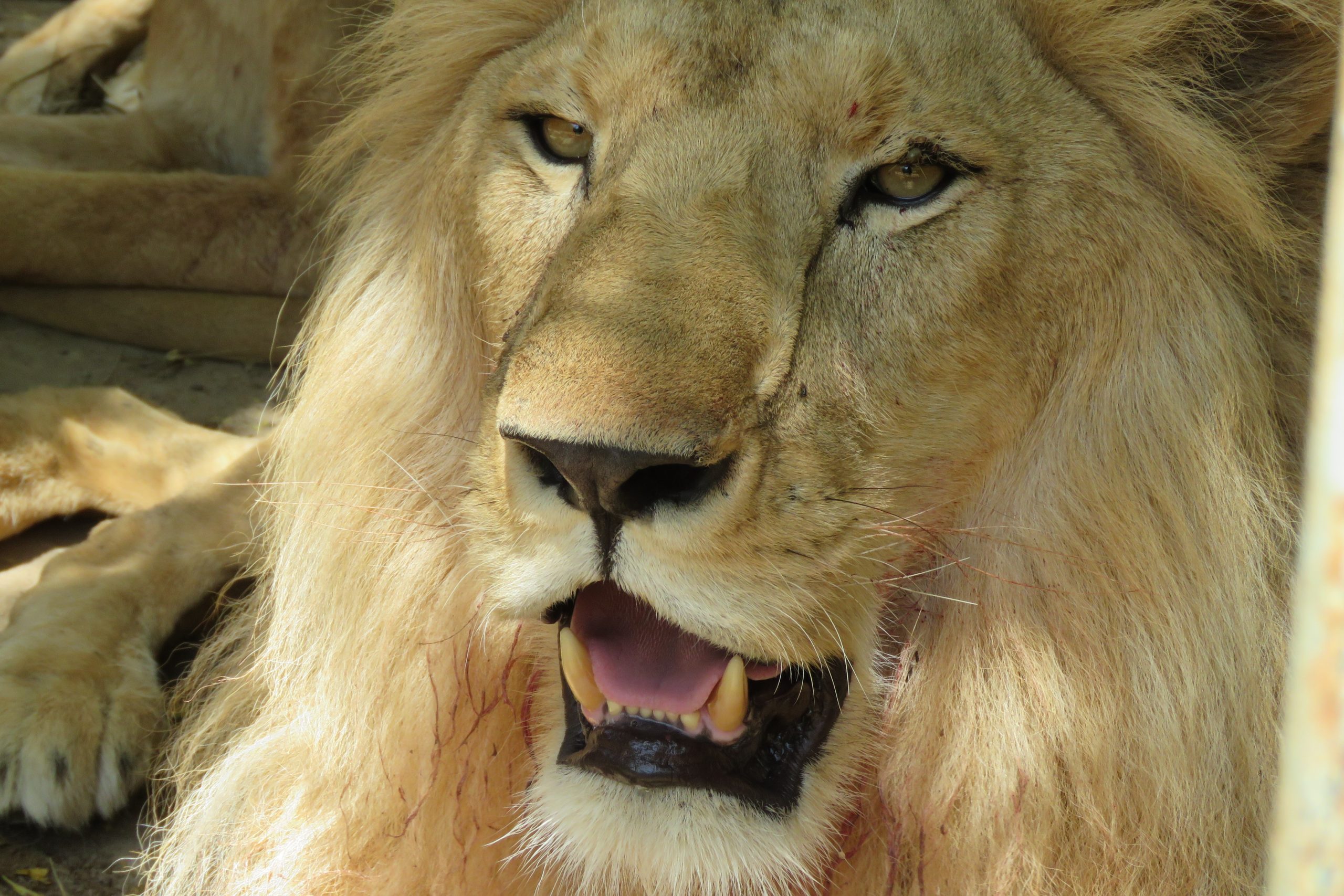
Save Dinder National Park Lions
Dinder National Park is the last place in Sudan where wild lions are found. Sadly, recent estimates show there are only about 150 lions left in the park. Lions are crucial for keeping healthy ecosystem in the park's. As top predators,they help regulate prey populations, preventing overgrazing and maintaining a healthy herbivore population. It's essential to protect and increase this lion population to maintain the park's natural balance and preserve Sudan's unique wildlife heritage.
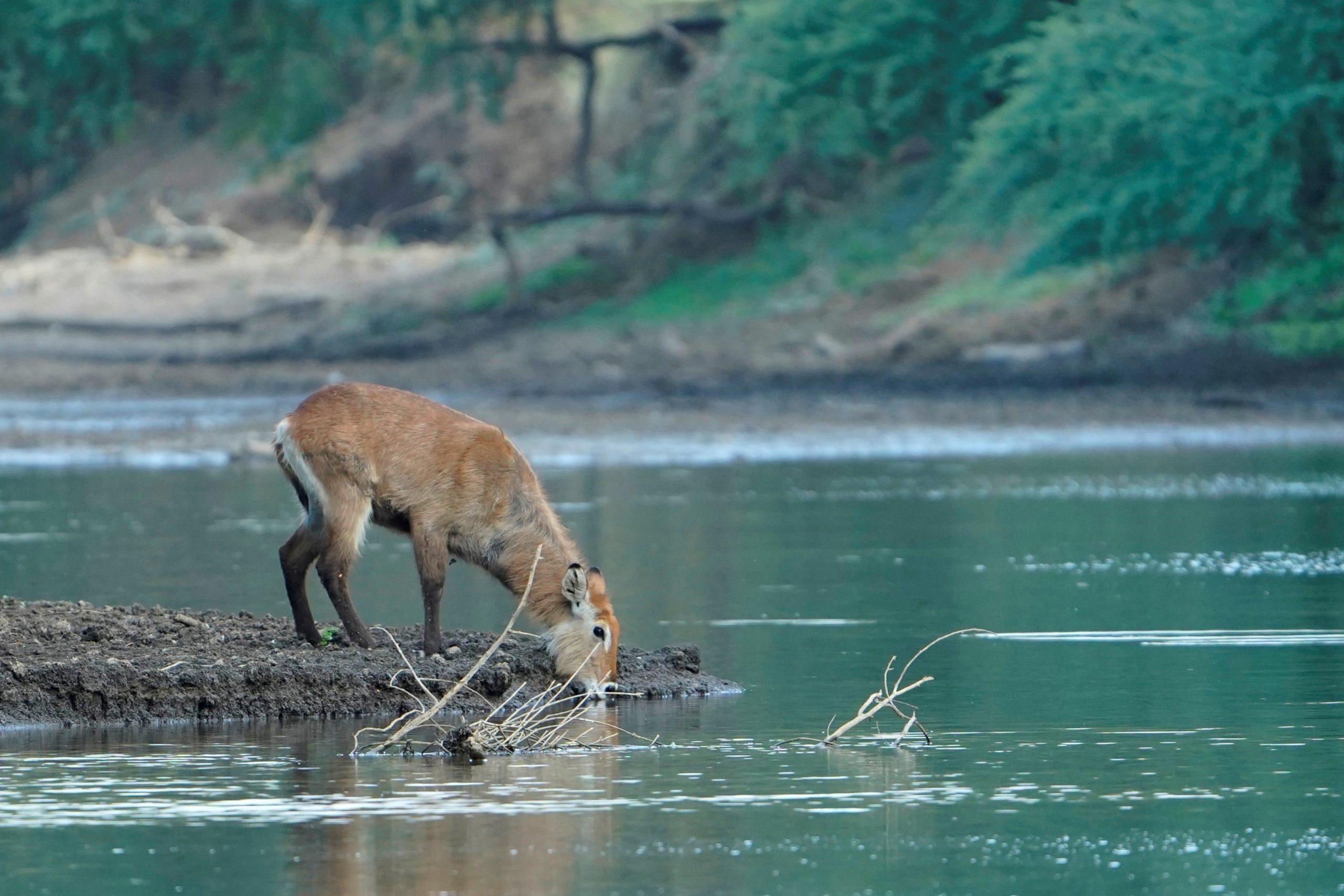
Protect Dinder Antelopes
Many antelopes found in Dinder face threats due to illegal hunting inside the park, leading to the extinction of certain species like the Lelwel hartebeest and Soemmerring's gazelle. Even among the species still present today, their numbers have decreased, in some cases, by as much as 70%. Protecting Dinder antelopes from hunting is crucial for preserving the park's biodiversity. The existence of antelopes is pivotal for maintaining the delicate balance of Dinder National Park's ecosystem.
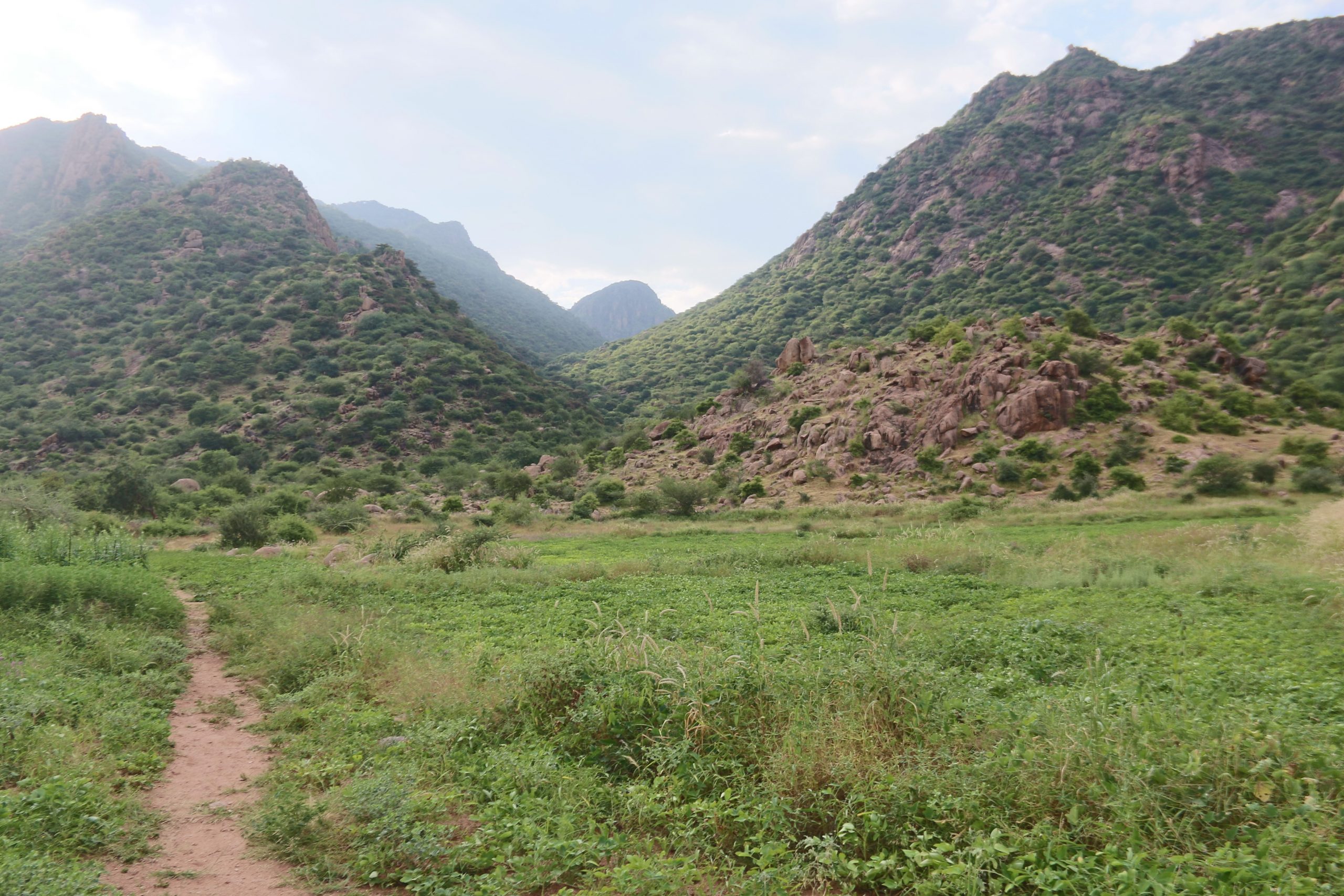
Wildlife Oasis: Jebel Al Dair, a stunning biosphere of diverse peaks and breathtaking landscapes
Nestled within an expansive 315 square kilometers, Jabal Al-Da'ir Biosphere Reserve is a tapestry of diverse peaks, with the highest reaching an impressive 1413 metres. Across this vast expanse, a network of permanent springs and streams that serving as an important water source for the park's wildlife. In 2010, Jabal Al-Da'ir was declared a national park to protect one of the last remaining populations of the Greater Kudu in Sudan, locally known as Njalat. This elusive species, estimated at around 150 animals, finds refuge in the park's pristine landscapes.

Birds of Jebel Al Dair: A Symphony in Flight
Welcome to the avian wonders of Jebel Al Dair National park! Our feathered residents transform the skies into a vibrant canvas, showcasing a diverse array of bird species. From majestic raptors soaring above to the melodious songs of colorful songbirds, Jebel Al Dair is a haven for bird enthusiasts with over 300 birds species. Join us on a virtual journey as we explore the rich avifauna that graces the park's diverse ecosystems. Discover the fascinating tales of migration, nesting rituals, and the harmonious symphony of birdlife that contributes to the ecological tapestry of Jebel Al Dair National Park.
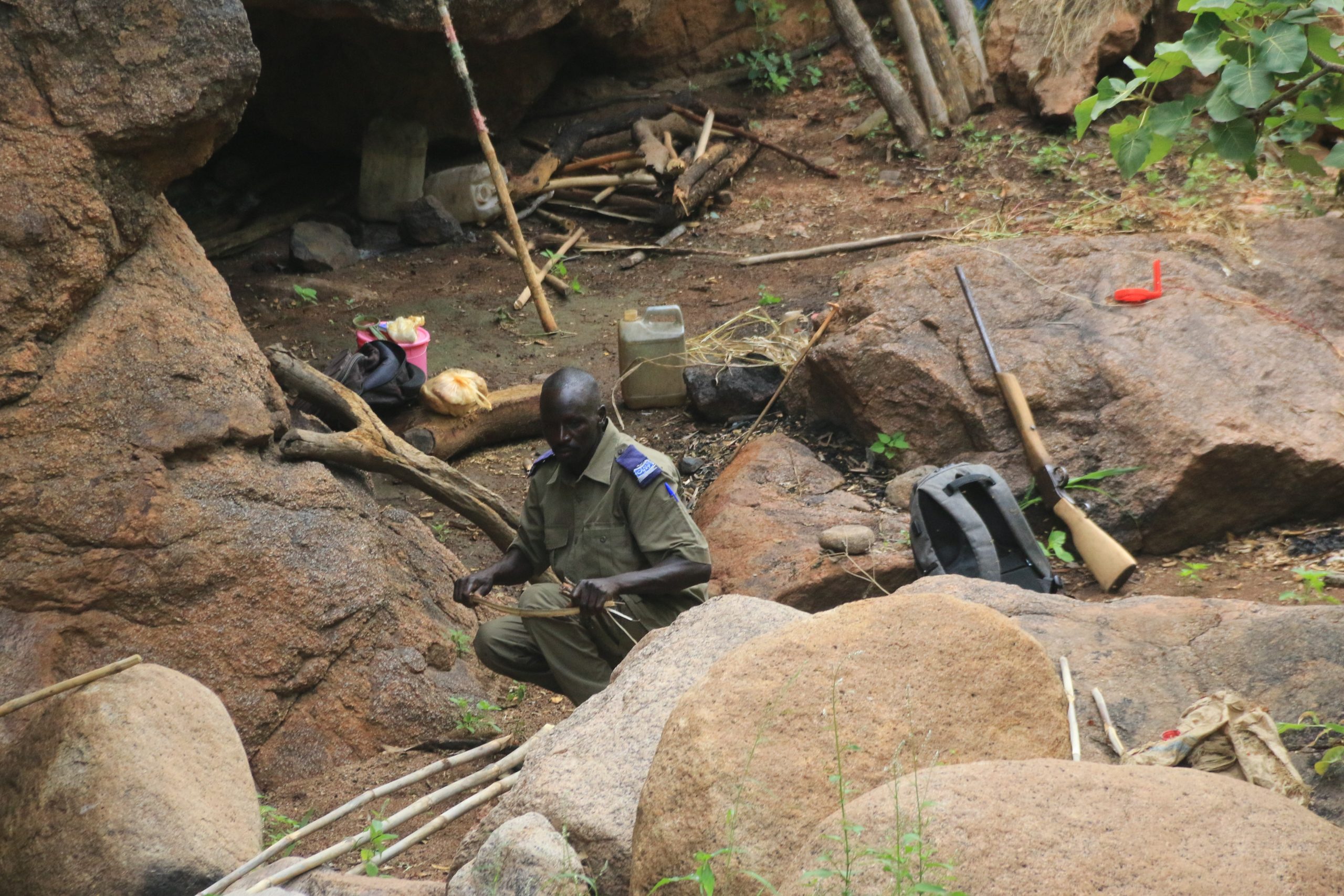
Living in Harmony: Local communities, understanding the importance of the park
With 50 villages surrounding Jebel Al Dair, and most of the people in these villages depending on the mountain for their livelihoods, local communities are crucial partners in preserving the park. Their involvement ensures sustainable practices, supports conservation efforts, and promotes responsible tourism. Valuing local knowledge and engaging communities fosters a harmonious balance between conservation and community well-being. Many residents of these villages understand the importance of the park and actively participate in its protection, with some becoming wildlife rangers.
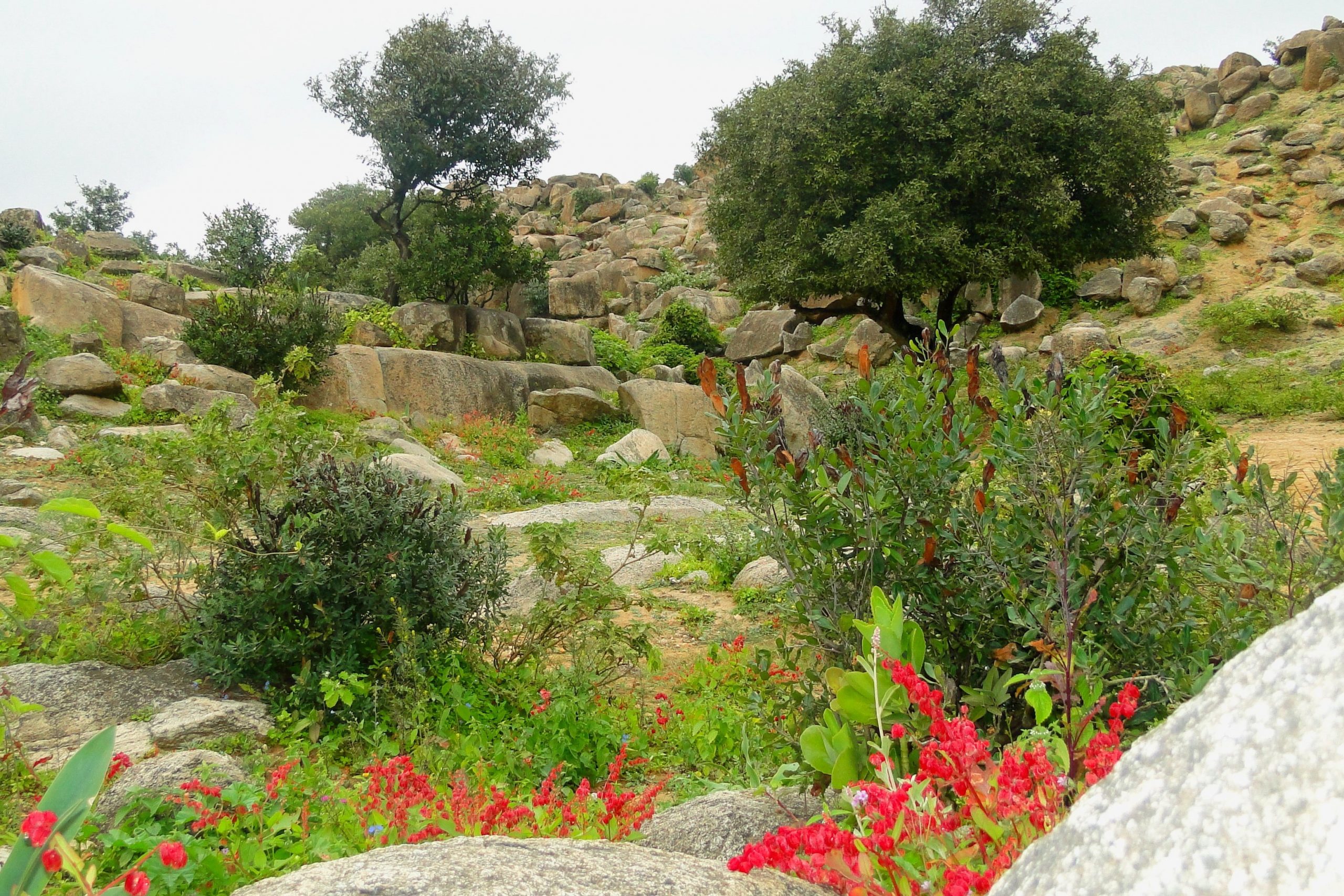
Erkwit's Ecological Tapestry: Unraveling the Rich Flora and Endemic Wonders
The flora of Erkwit is exceptionally rich and influenced by various factors, including its winter mist, high elevation, location as a transition point between the savanna and arid regions and at the end of the Sahelian zone. These factors resulting in diverse habitats within a relatively small area. Erkwit were divided into five zones based on flora, influenced by moisture distribution each zone has characteristic plants. ‘Zone I’ in the northeastern region, is the moistest while ‘Zone V’ is driest. The common trees in Erkwit are Maytenus senegalen, Dodonaea viscosa, Euphorbia abyssinica, Acacia etbaica. The endemic plants to Erkwit including Aloe zubb Aloe Sinkantana and Nepeta sudanica. Erkwit also home to the endangered tree Dracaena ombet.
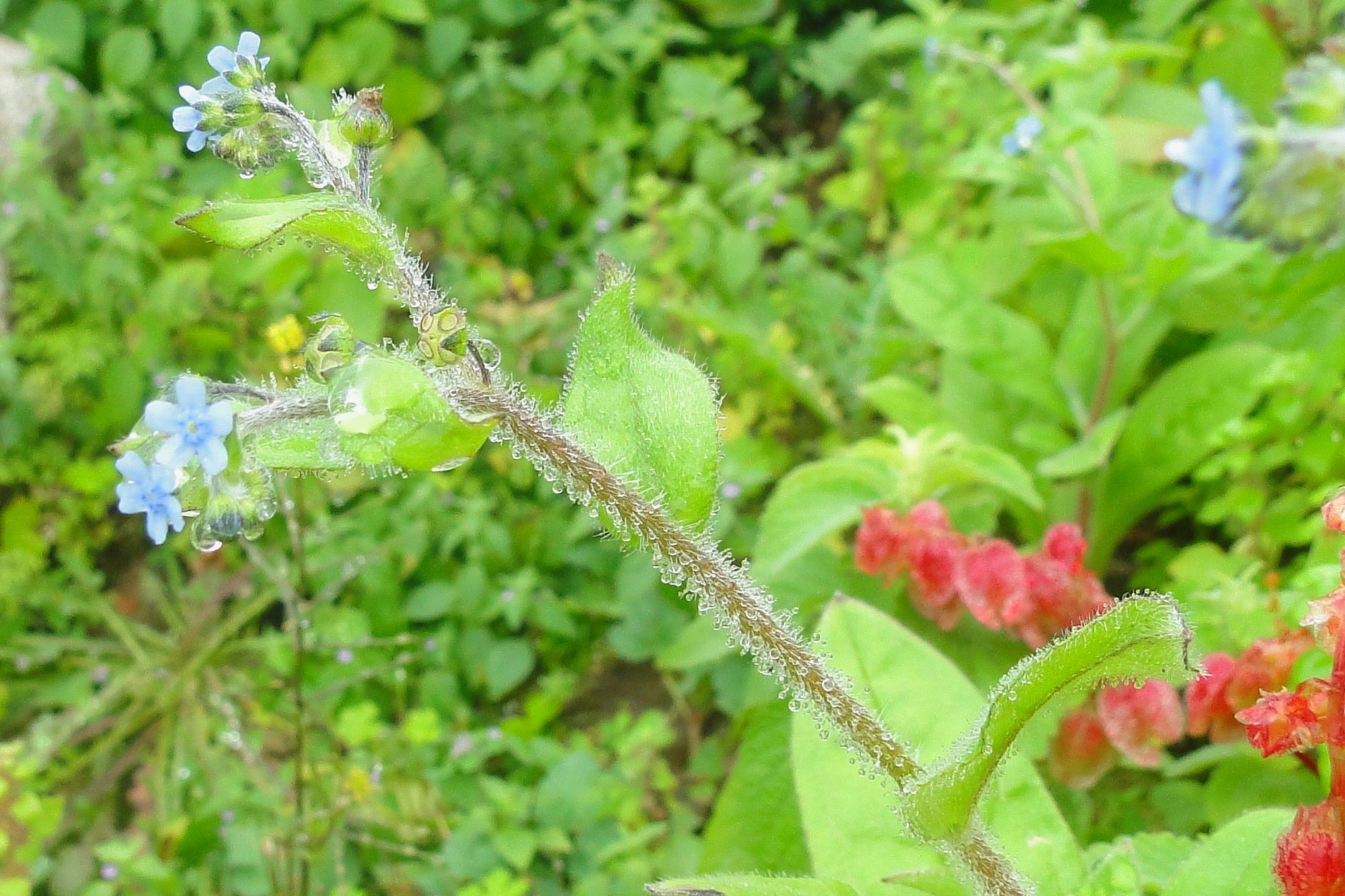
Rain and Clouds: Exploring Erkwit's Unique Climate and Moisture Dynamics
During the winter months, Erkwit is often cover in clouds for extended periods, typically from October to March. Positioned on a westerly bend of the Red Sea, Erkwit is exposed to about 650 km (approximately 400 miles) of open sea in the direction of the northerly winds. The continental northerly winds, traversing the warm waters of the Red Sea, absorb a significant amount of moisture. As these moisture-laden winds encounter no dissipating obstacles before reaching the cool hills of Erkwit, orographic rain occurs, covering Erkwit with mist known locally as "Shabora." Consequently, abundant evergreen vegetation cover Erkwit, and based on mist distribution and elevation, the five zones are formed.
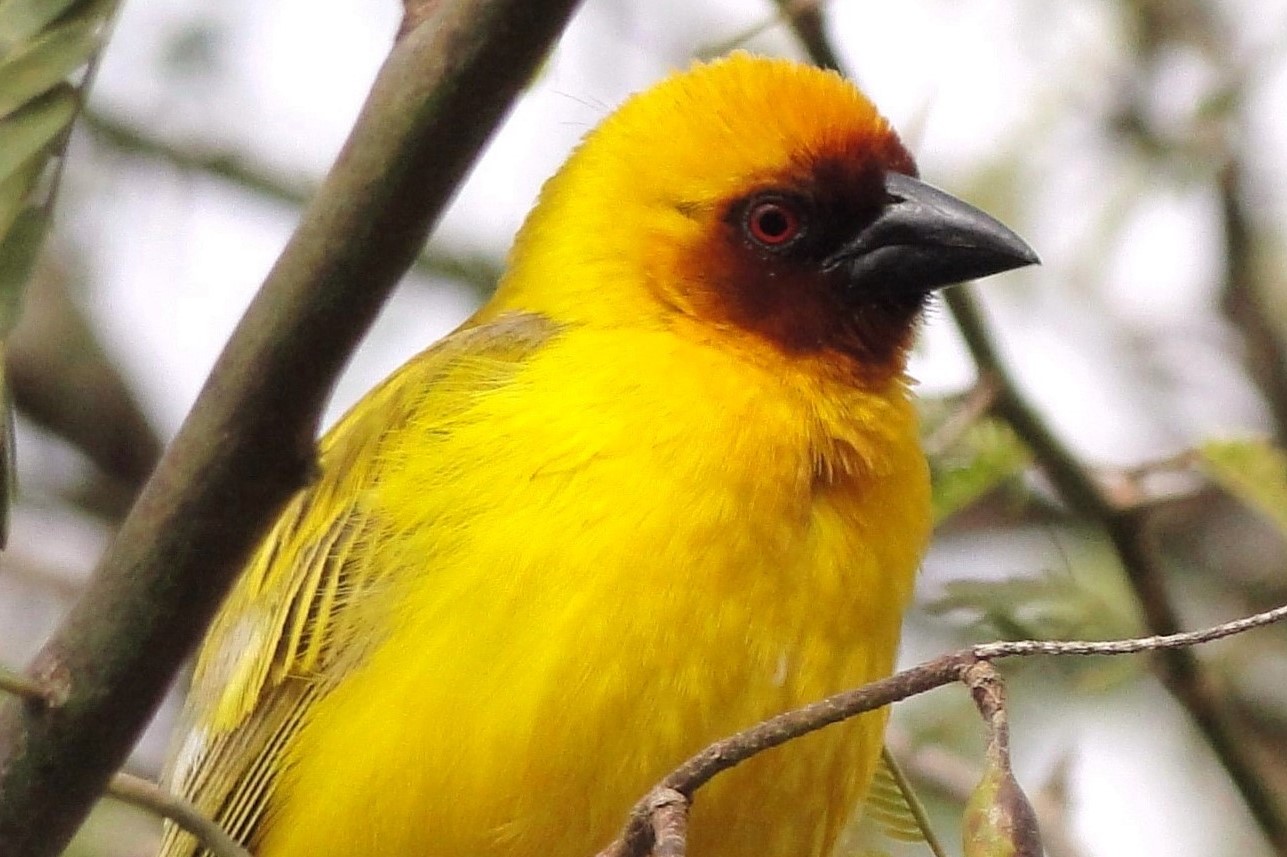
Erkwit Biodiversity: The Rich Fauna of a Unique Oasis of the east
Erkwit is home to a rich variety of animals. It is s a biodiversity hotspot with unique ecosystems serves as a critical migratory route for birds traveling to and from Africa. Erkwit have endemic bird called Erkowit francolin, a subspecies of Erckel’s Francolin, restricted to the surrounding mountains. The area boasts a diverse arthropod population but remains poorly studied. two endemic arthropods species—the butterfly Leptomyrina sudanica and the scorpion Scorpio sudanensis have been identified in Erkwit. The mammalian fauna, adapted to the mountainous landscape, features the the Klipspringer, Mongooses and Baboons. Erkwit's role as a critical migratory route and its endemic species make it a significant for biodiversity conservation
MEET OUR TEAM
Committed to protecting Sudan Wildlife, for our generation and most importantly the generations to come
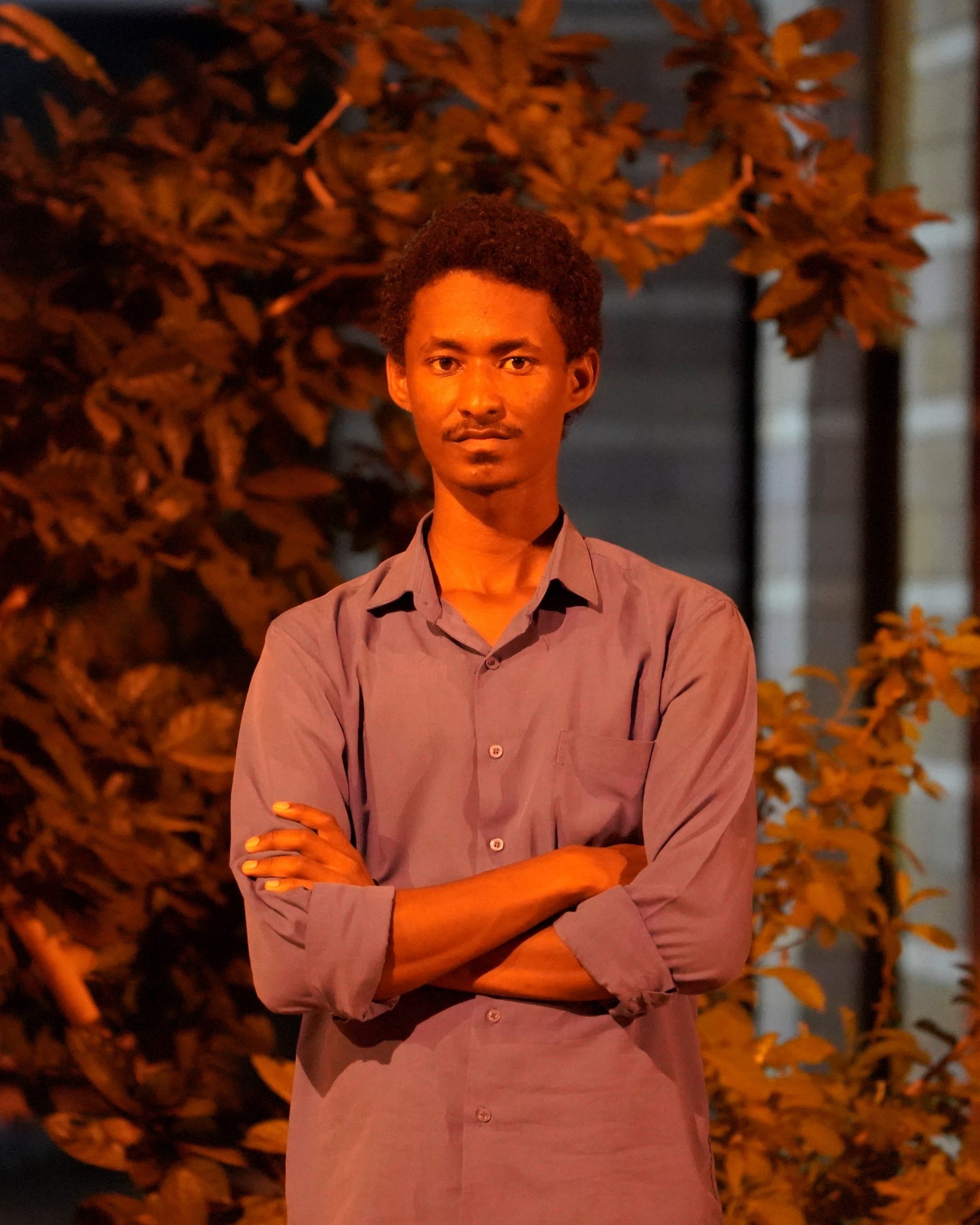
Mohamed Salah
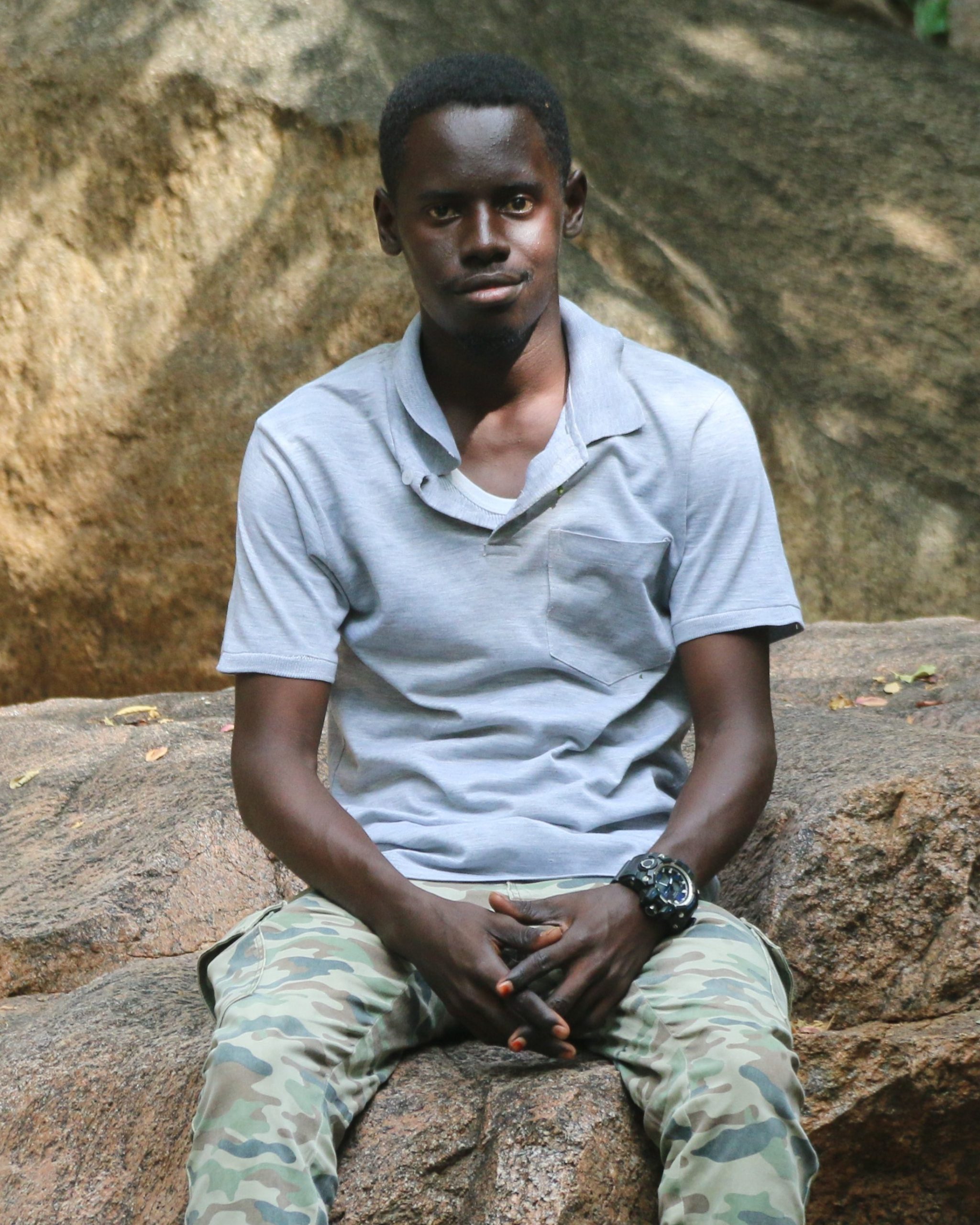
Almontasirbillah Abdalla
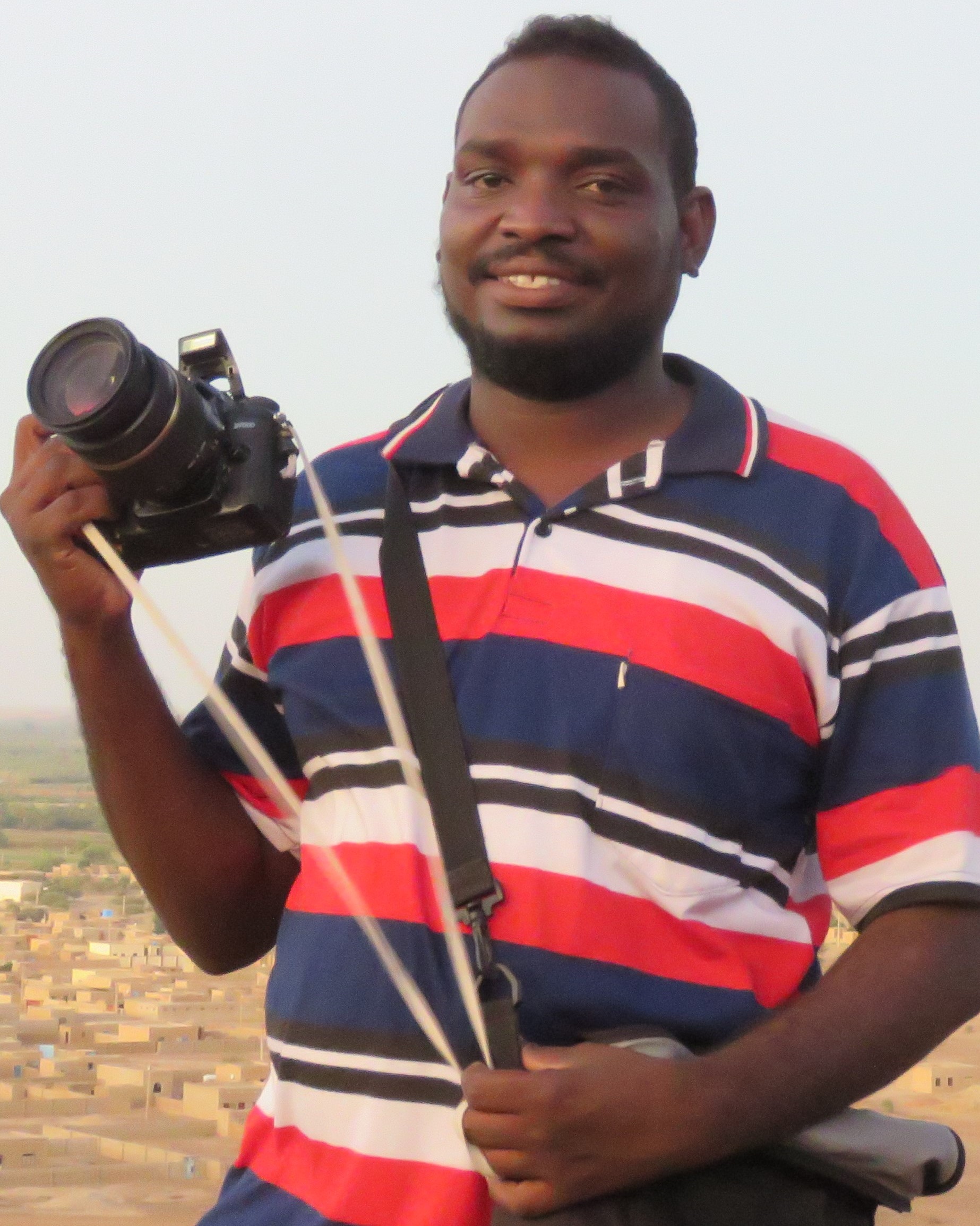
Khabab Omer

Babiker Isam
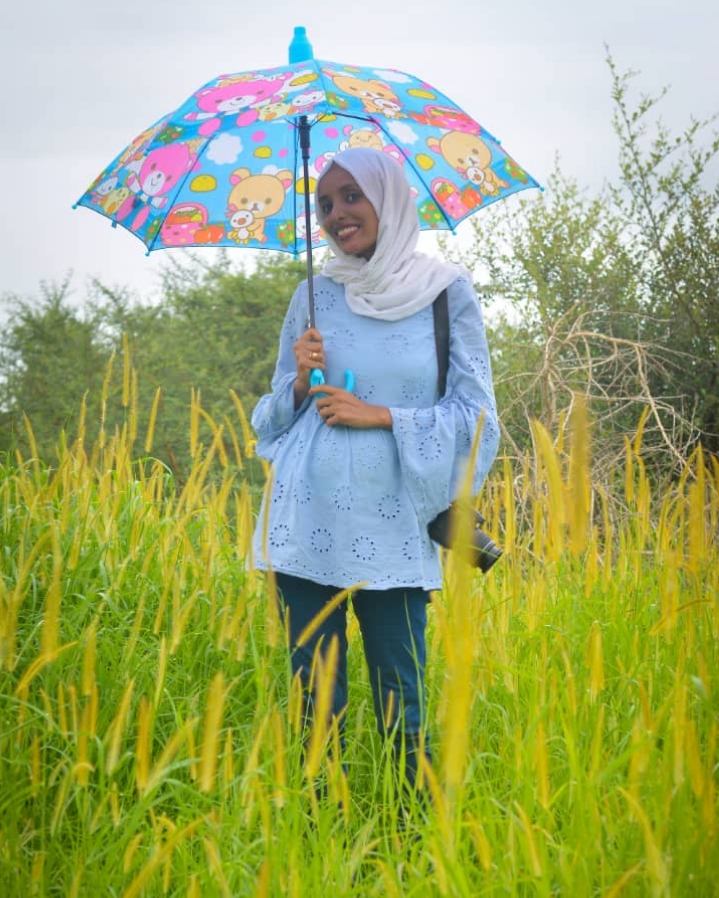
Esra Badwi
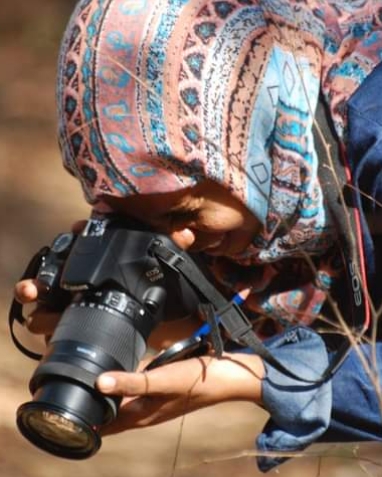
Entesar Salih
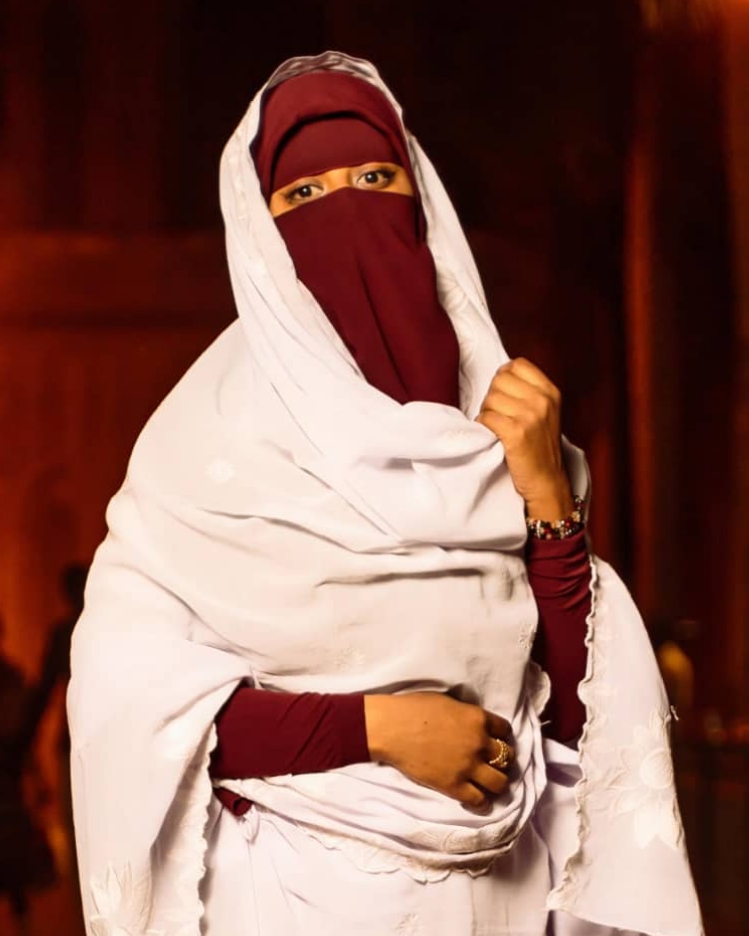
Esraa Yousif Alhabob

Mowafag Mohammed

Idrees A-baqir
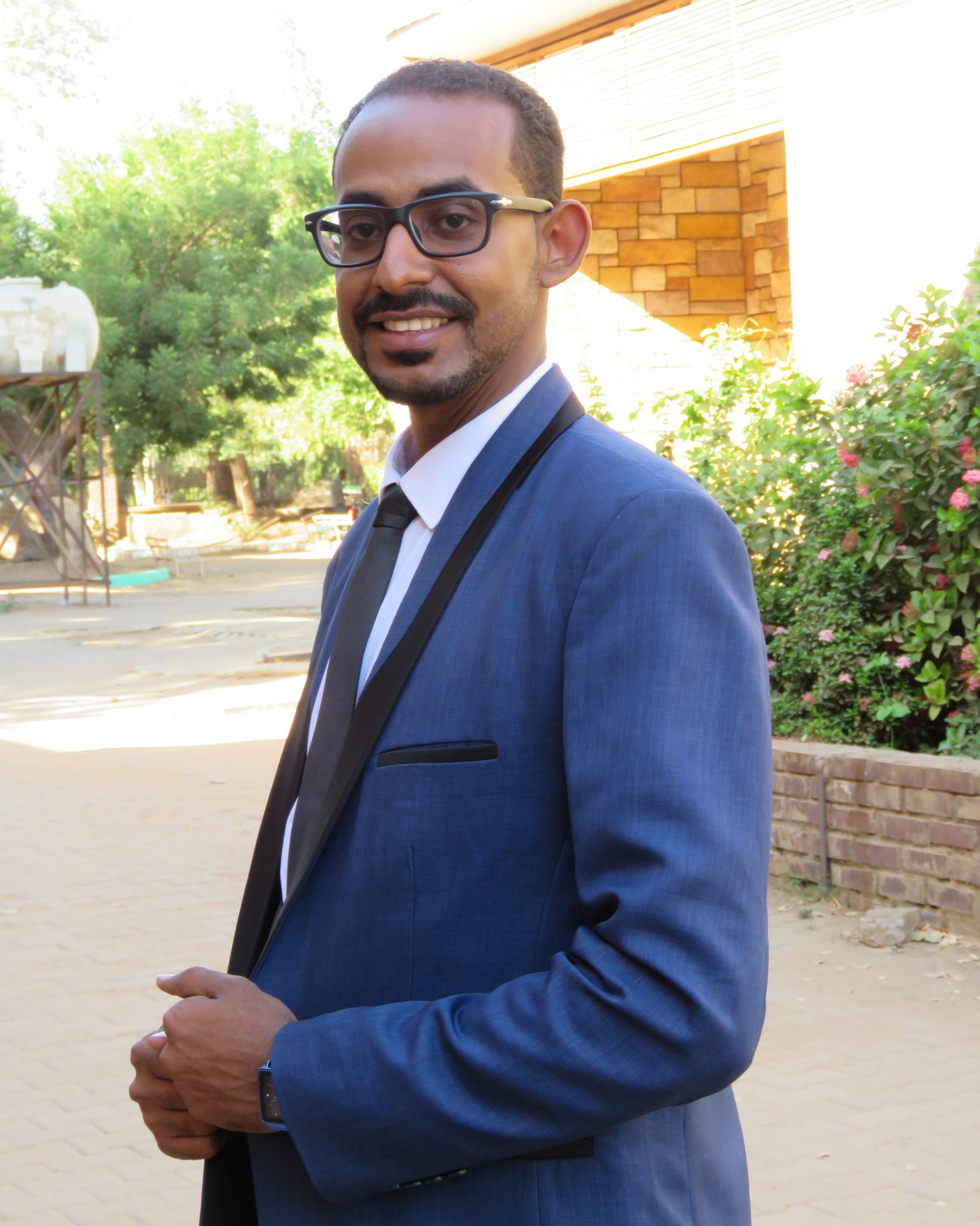
Abdulrahman Albaqir

Muhammed Hidar
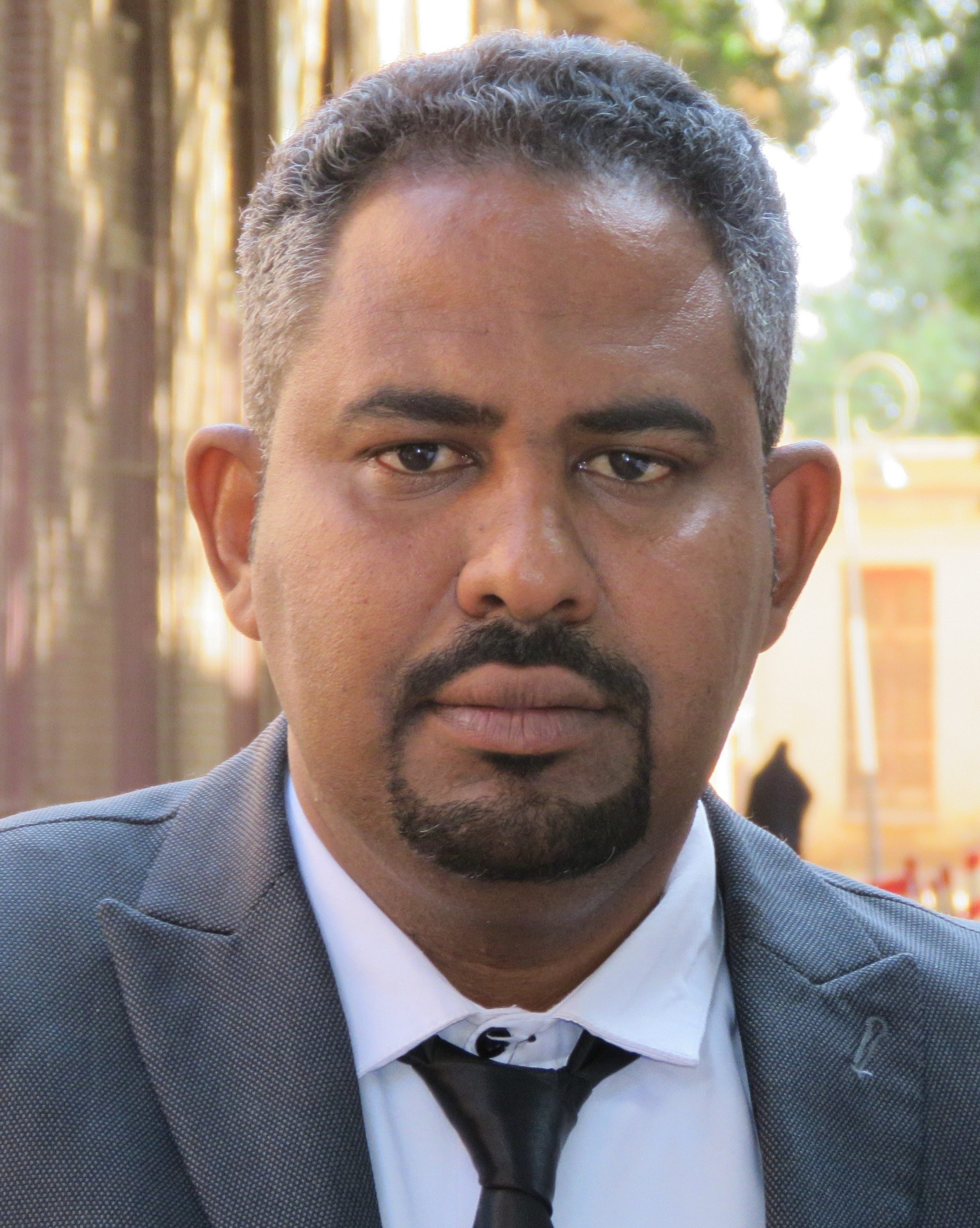
Khalid Awad

Talha Hassan
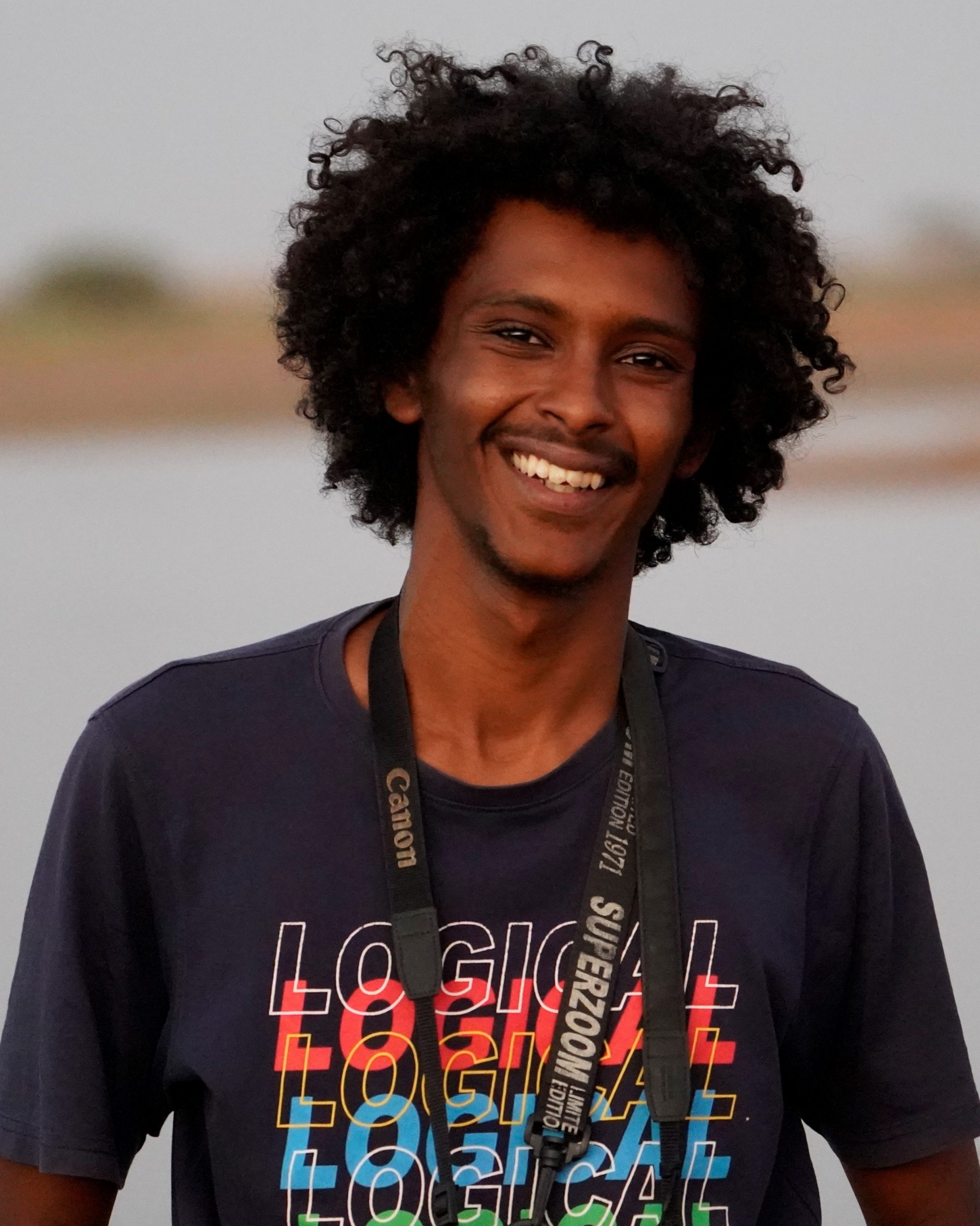
Mosaab Mohammed

Ali Jamal

Yassir Hassan

Osman Mohammed

Anwar Eid
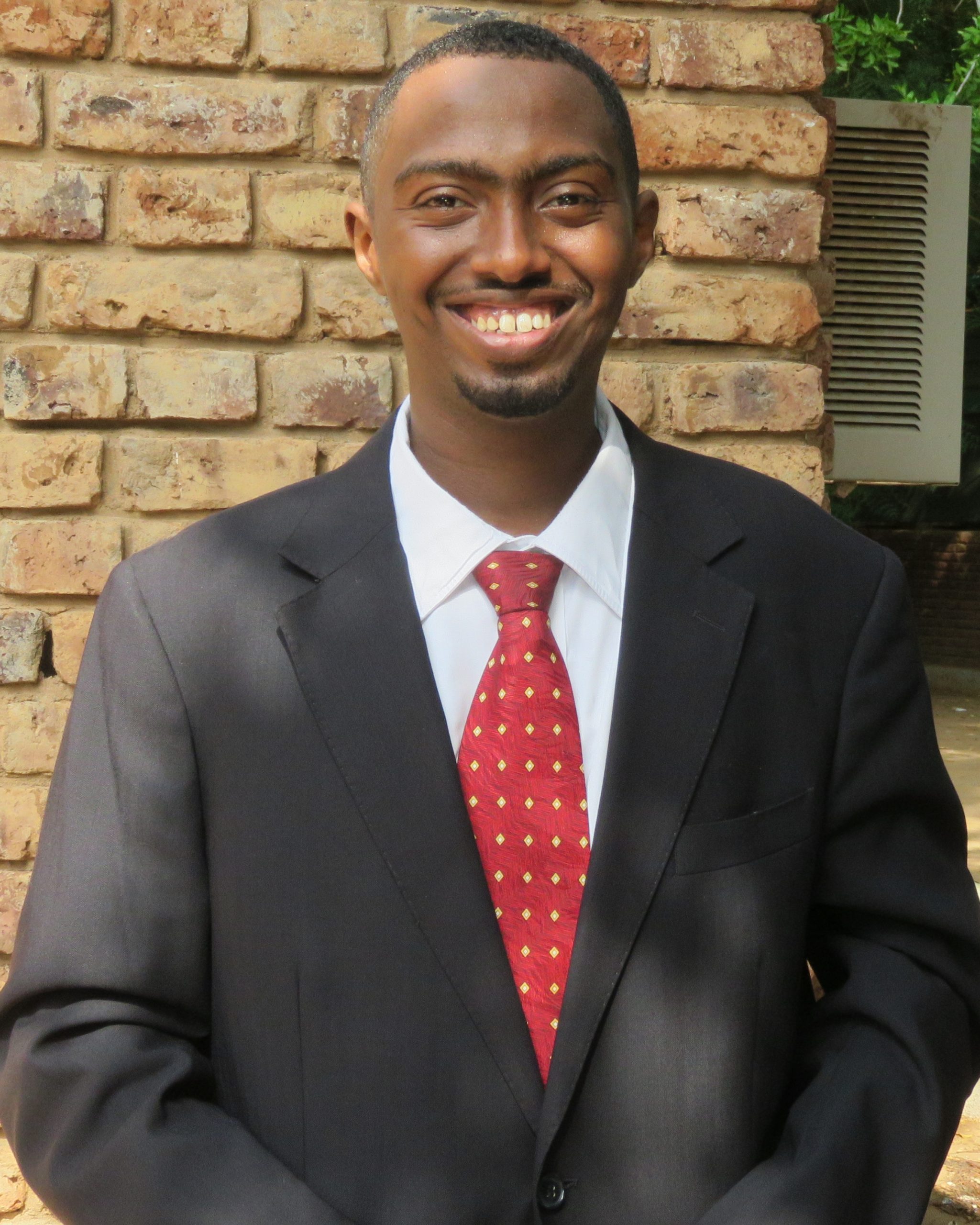
Osama Mustafa

